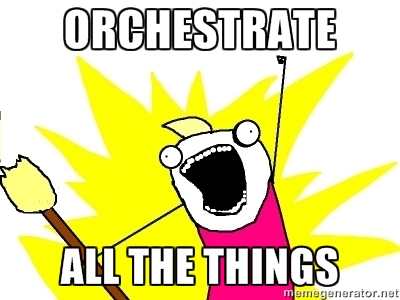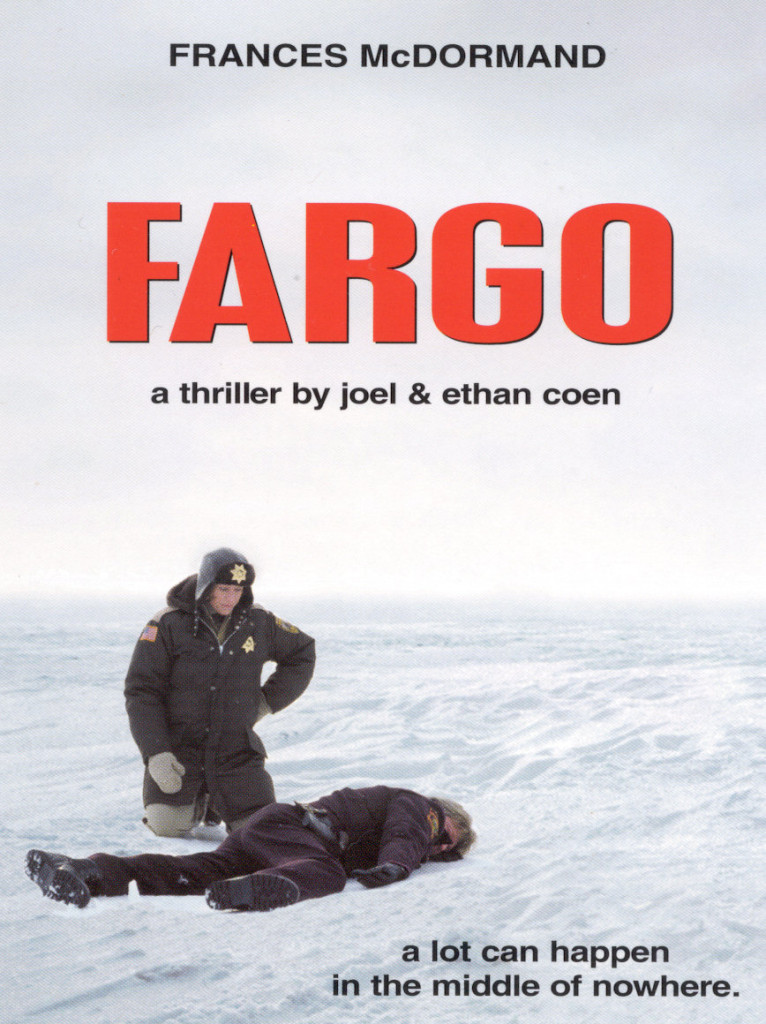NOTICE: This has expired and is no longer valid. Was only for Accelerate 2016. Thanks for coming!
Want to go to Pure//Accelerate 2016 and want to save a bunch of money off of the registration fee? I have an easy way! Save $200 off of the $595 dollar registration by simply Tweeting out a reason you want to go to Pure//Accelerate or why you are interested in or like the Pure Storage FlashArray! Make sure to include the following:
- Use the hashtag #acceleratesavings
- Include the @purestorage handle and/or the term Pure//Accelerate
I will monitor the hashtag and provide a code, if I don’t get back to you in an hour or so, please ping me!
Example:
https://twitter.com/codyhosterman/status/689897711772905473
See a post overview here:
https://www.codyhosterman.com/2016/01/pureaccelerate-2016-conference/
If you do not have a Twitter handle and don’t want to open an account post a comment on this blog!
If you have questions comment or hit me up on Twitter at @codyhosterman





